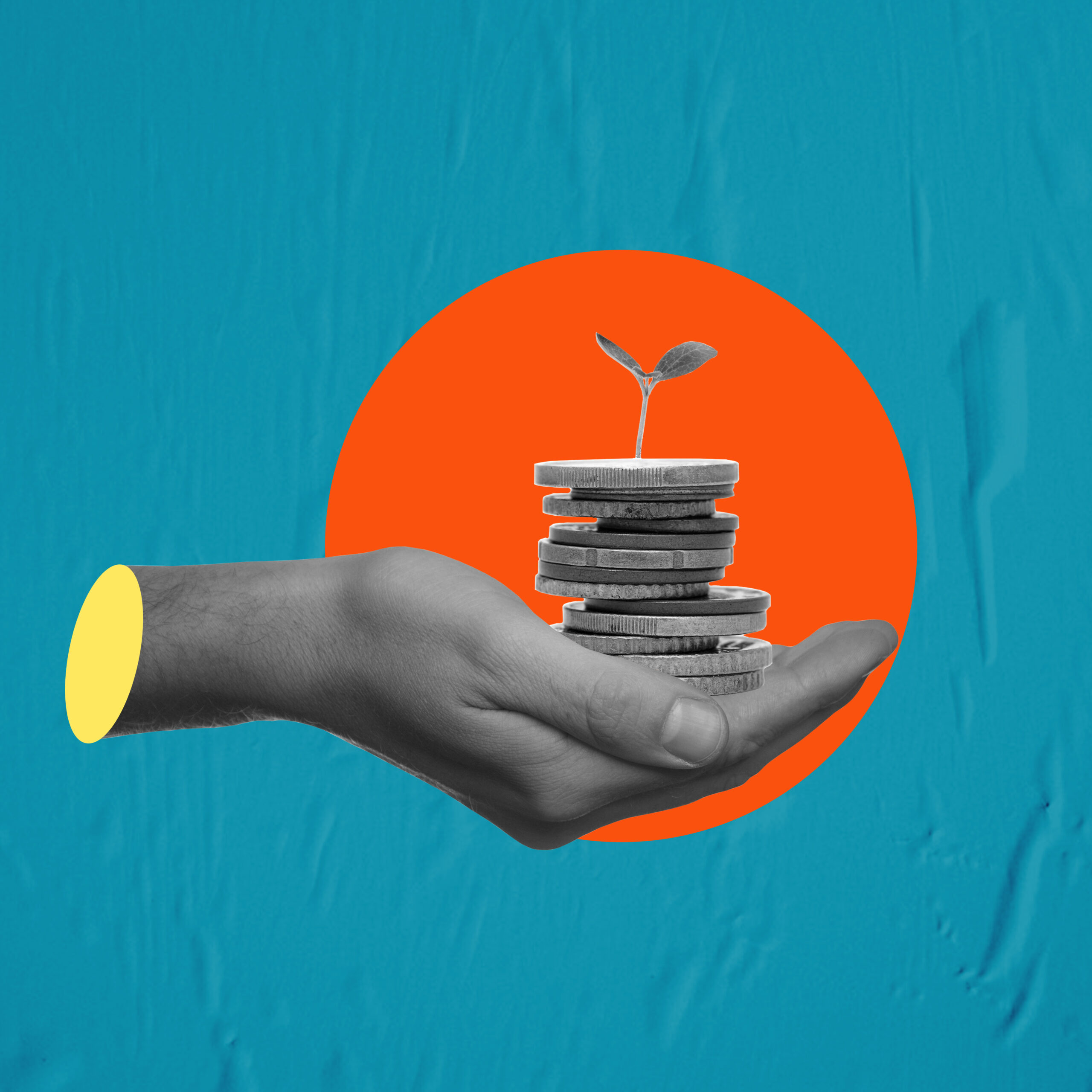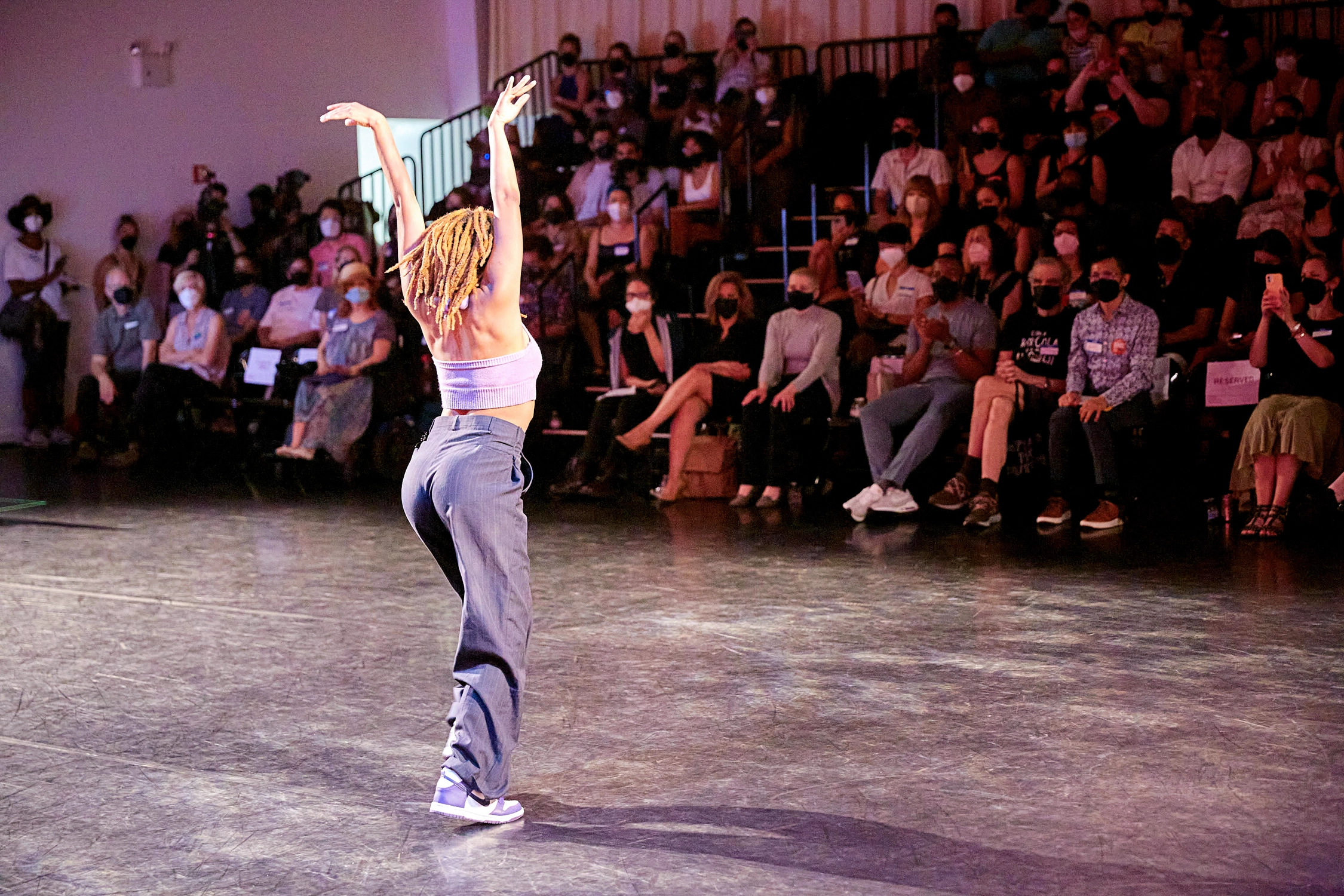The Economics of Dance—Dance’s Future According to the Numbers
Four years of pandemic impact have wreaked havoc on the lives of professional dancers like Jaramillo, a member of Sydnie L. Mosley’s New York City–based collective SLMDances. Most dance organizations, whether commercial or nonprofit, have been on a financial roller-coaster ride, too, whose tracks parallel ups and downs in the U.S. economy as a whole. Multiple reports published since last summer have shed long-awaited light on the fiscal health of the country’s dance sector. What those numbers say isn’t simple to summarize.

